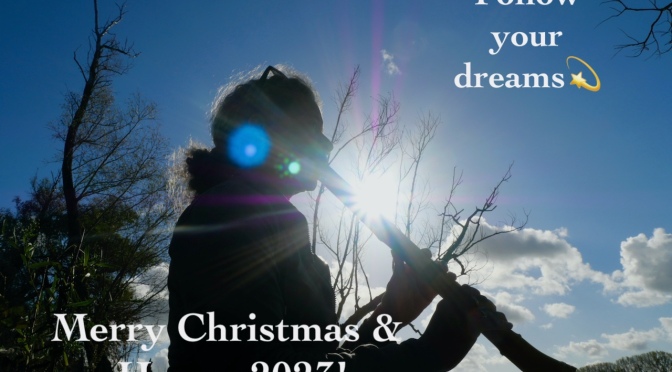Since I started this blog 6 years ago, I’ve published more than 150 posts and pages … only about the Japanese Bamboo flute shakuhachi! Which is not really a popular topic according to Google trends, algorithms and all the bunch of digital numbers rating our lives. But this is my life journey with my shakuhachi flute and I’m happy to share it. I’m even more happy if it inspires others – shakuhachi players, flutists, musicians, non-musicians, anyone.
So what happened on my blog in 2022, according to the analytics? What did you, readers, read and like most? Which of my posts written in 2022 became the most popular?
Continue reading Shakuhachi Blog – 6 years!!










